Santiago de Compostela is one of the most famous destinations for pilgrims in the world. Every year, hundreds of thousands of people visit the cathedral in this city, having often completed a journey of many kilometres on foot along a Camino. The Camino Portugués is one of the routes leading to Santiago and starts in, you might have guessed it, Portugal. The Camino Portugués starts in Lisbon and has a total length of 621 kilometres. Along the way, you walk along ancient Roman paths, pass pleasant towns and can enjoy culinary delights. In this blog post, we focus mainly on the last 100 kilometres of the route, the distance required for a certificate (compostela). Getting curious? Bookatrekking.com will tell you all about the Camino Portugués!
The Camino Portugués is one of the routes to Santiago de Compostela and the second most popular after the Camino Francés. The overall route takes you from Lisbon to Santiago, passing historical cities like Porto and Ponte de Lima on the way and allowing you to enjoy sweeping views. After crossing the Portuguese-Spanish border, you'll unfortunately have to do without 'pastel de nata', but you won't have to worry about an empty stomach on the Camino Portugués. Vamos là!




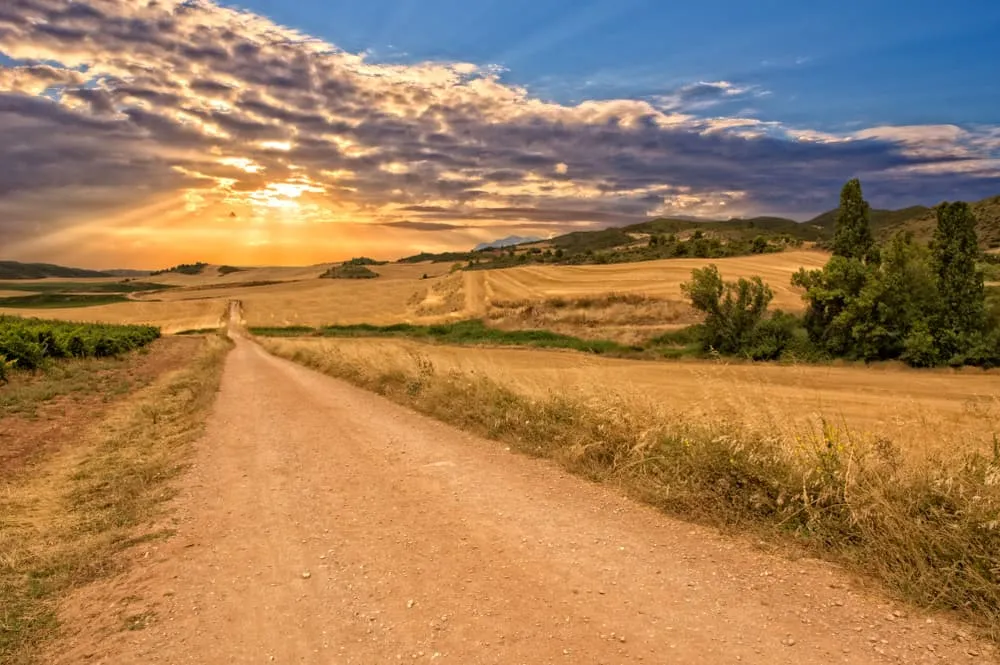
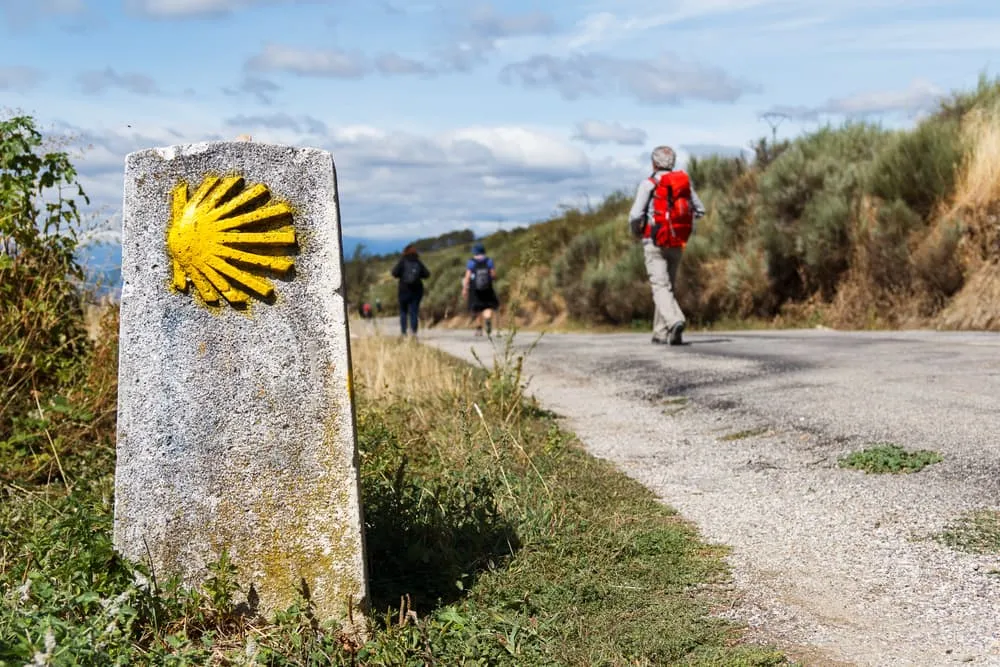
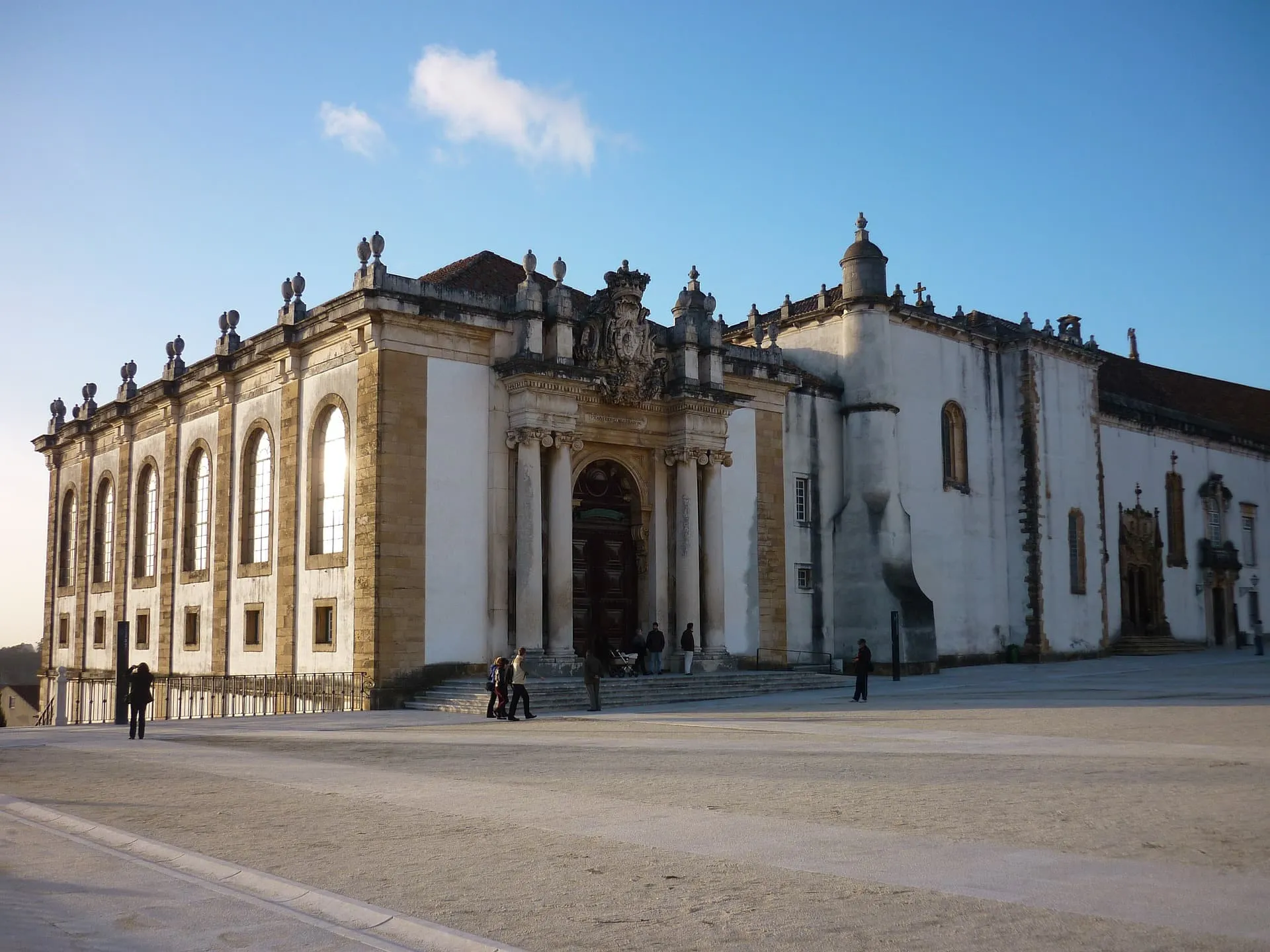


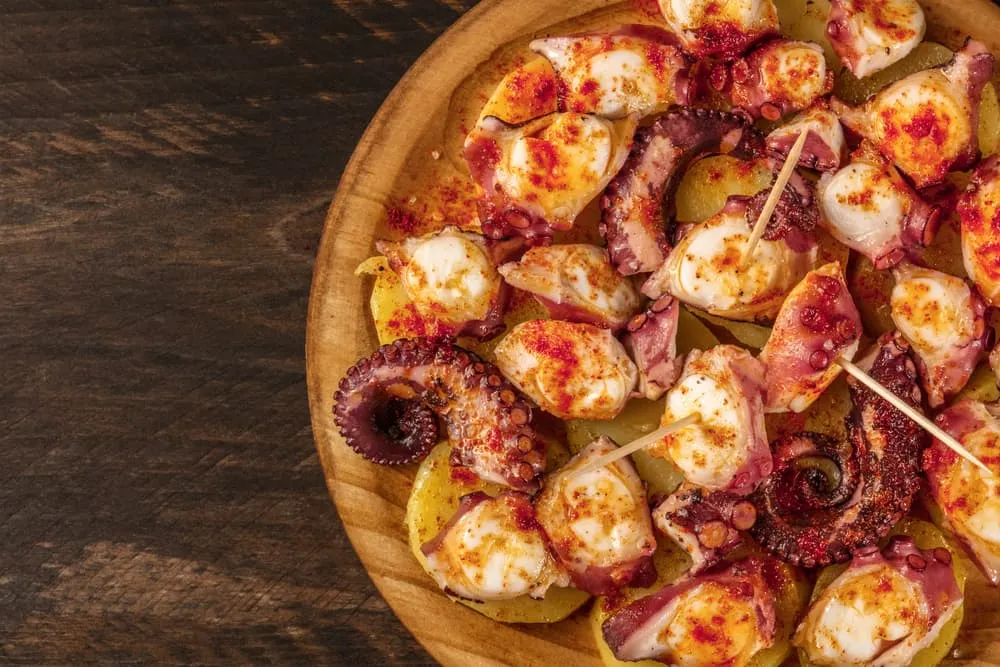
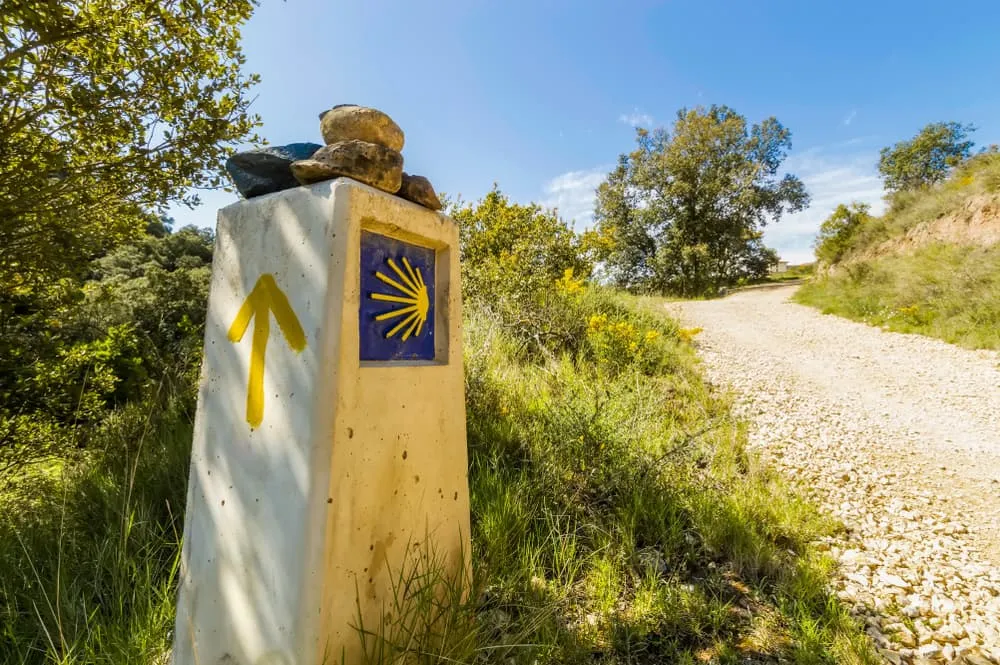
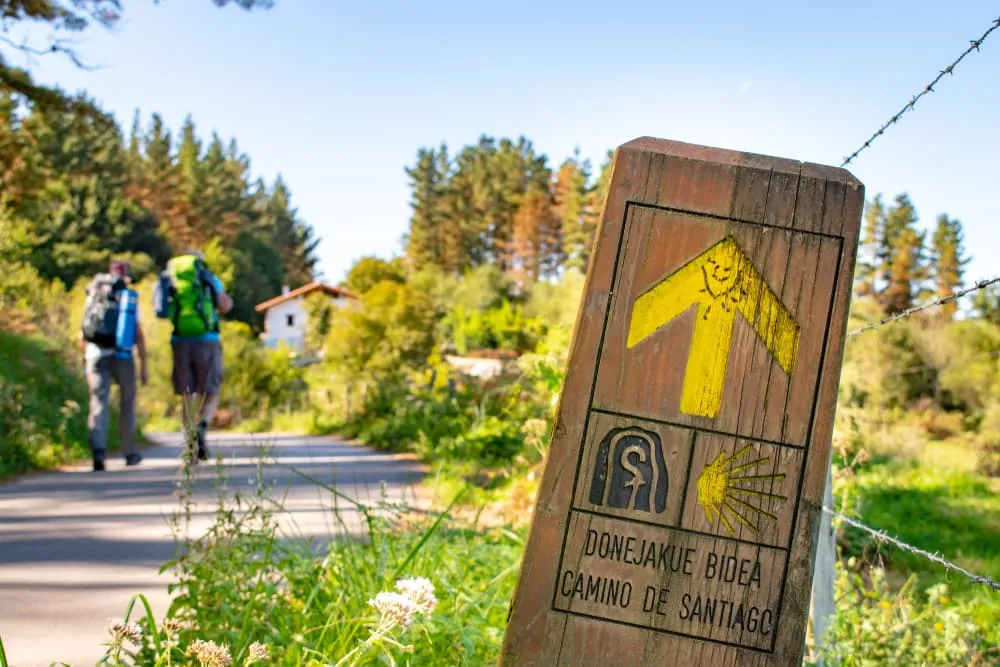


Comments